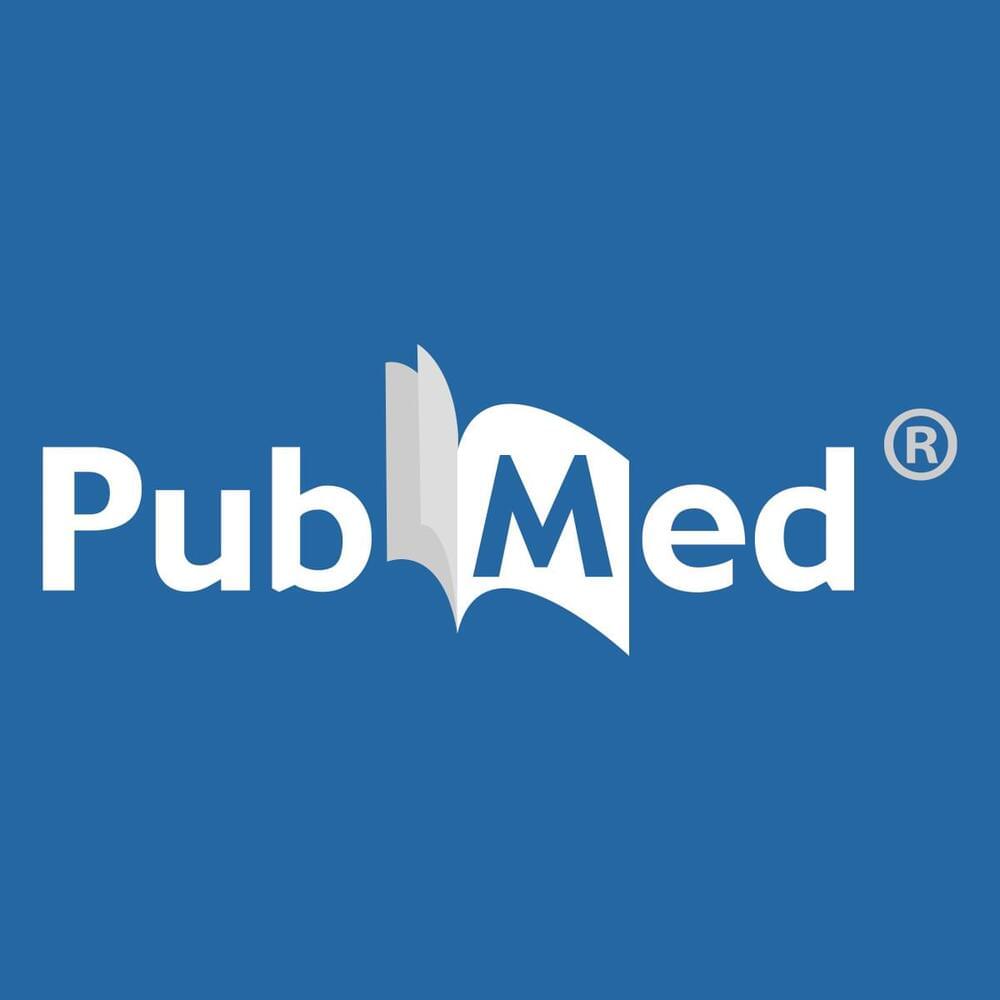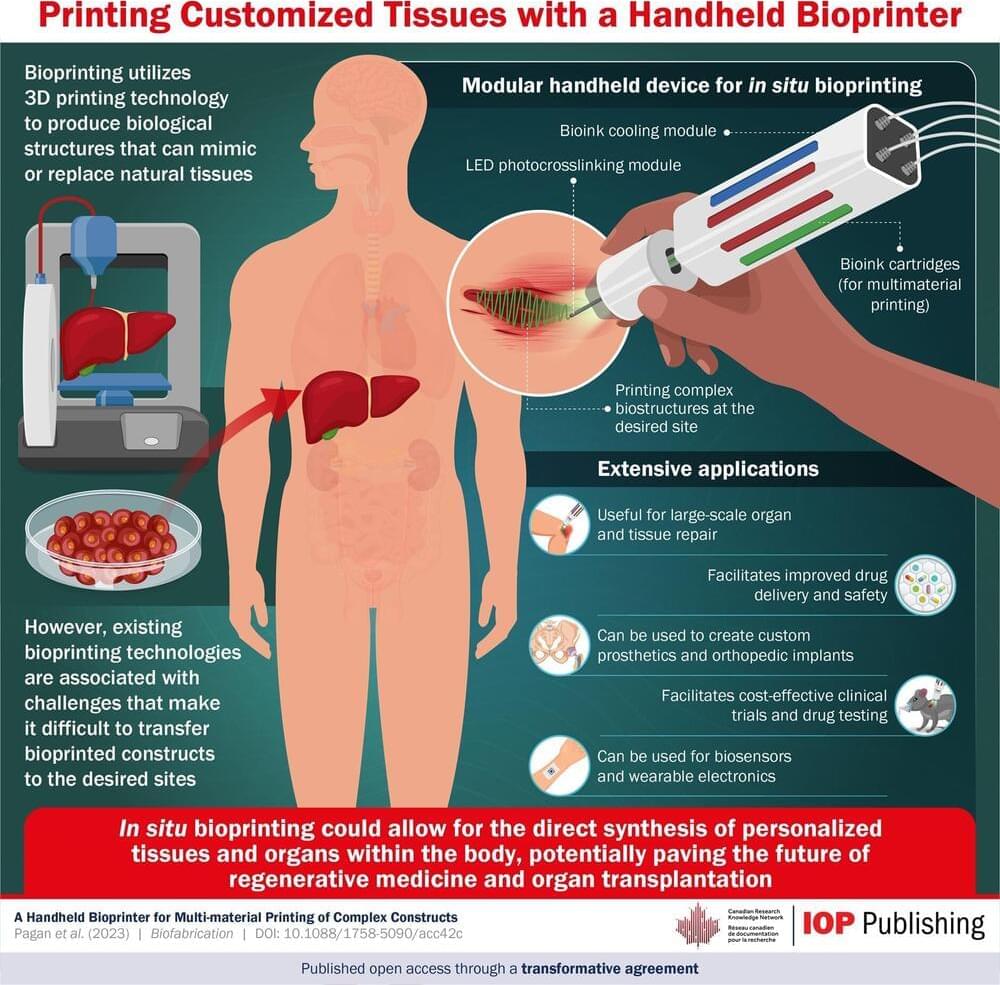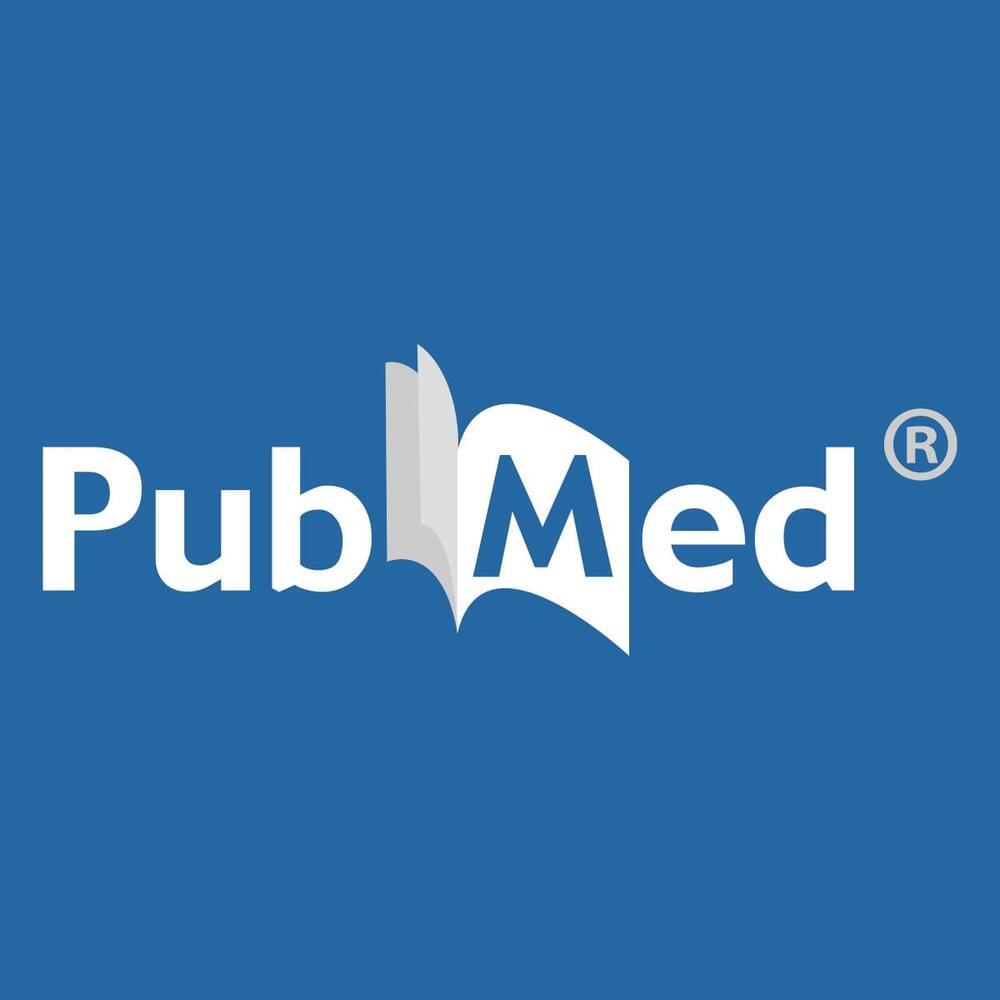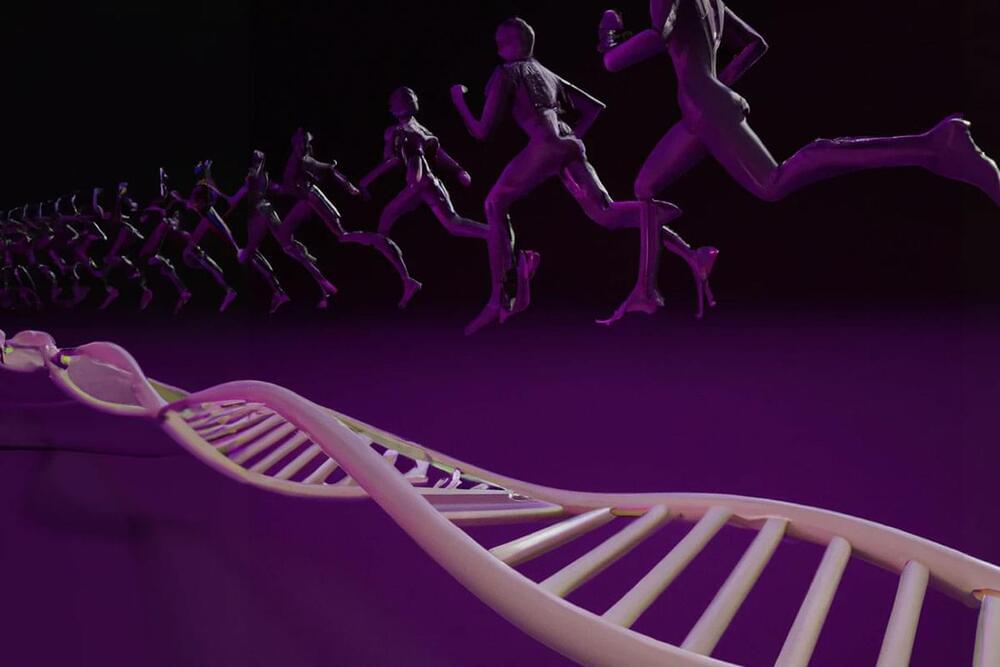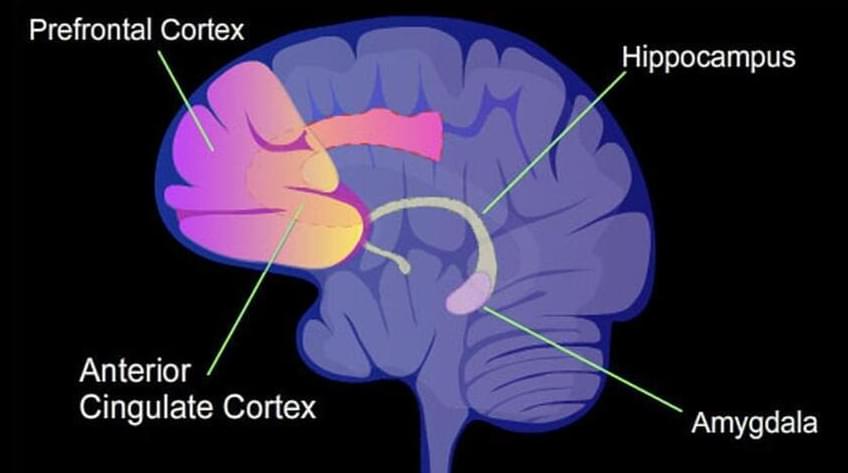Jun 17, 2023
Fluorescence-Based Detection of Ferrous Iron in Senescent Cells
Posted by Paul Battista in category: life extension
A major limitation in aging research is the lack of reliable biomarkers to assess phenotypic changes with age or monitor response to antiaging interventions. This study investigates the role of intracellular ferrous iron (Fe2+) as a potential biomarker of senescence. Iron is known to accumulate in various tissues with age and recent studies have demonstrated that its level increases dramatically in senescent cells. The current techniques used to measure the accumulation of iron are cumbersome and only measure total iron not specific isotopes such as the redox reactive Fe2+. It is still to be determined whether the damaging form of iron (Fe2+) is specifically elevated in senescent cells. In this study, we assessed the potential use of a newly discovered Fe2+ reactive probe (SiRhoNox-1) for selective labeling of senescent cells in vitro. For this we have generated various senescent cell models and subjected them to SiRhoNox-1 labeling. Our results indicate that SiRhoNox-1 selectivity labels live senescent cells and was more specific and faster than current staining such as SA-βGal or a derived fluorescent probe C12 FDG. Together these findings suggest that SiRhoNox-1 may serve as a convenient tool to detect senescent cells based on their ferrous iron level.
Keywords: SiRhoNox-1; aging; biomarker; iron; senescence.
